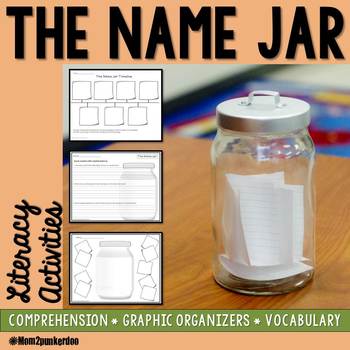Studies on good readers have proven that prediction strategies are one way to deepen reading comprehension. Prediction strategies can be used before and during reading to increase understanding text.
What is Prediction?
Readers that use the prediction strategy combine their schema with contextual clues to predict and infer as they read. These readers use the title, pictures, text, and personal experiences to make predictions before and during reading. Predicting, or thinking ahead, allows readers to build connections, anticipate what will happen next in the text, and finally to revise and verify their predictions.
How to Make it Work in Your Classroom
The best advice is to model, model, model, the strategy using think-alouds. Several ideas are to:
- Think aloud before reading by previewing the cover. Say, " By looking at the cover of this book I am predicting the story will be about _____." Explain that making a good "guess" about the book means you are using clues, similar to estimating in math and creating a hypothesis in science. Use the words guess, but use the vocabulary you want students to learn (predicting) so they make a connection with the word.
- As you read, confirm or change your prediction based on additional text clues. It's important for students to understand that it is okay for predictions to be wrong, or to change them as you read. Make new predictions as you get further into the text. Provide reasons for the predictions you make, so students understand why you make the predictions you make.
- After reading reflect aloud on your predictions. Think aloud about how your predictions changed, how they set a purpose for your reading, and how they kept you engaged in the text. Say, "I predicted _______ would happen. My predictions were close/not close because ______."
You Think, We Share Predictions
As students become more familiar with the process of predicting, provide opportunities for independent practice and sharing. You can choose books based on your students reading levels, or use a whole class read aloud.
- Choose a book and preselect where you want students to make predictions. You can mark these spots with stick notes.
- Allow students to "think-pair-share" as they read and discuss predictions.
- Provide visuals to increase their success. This can be in the form of an anchor chart about predictions or a book placed on the document camera.
- Allow students to revise and refine predictions through drawings and writing.
- Encourage students to reflect on their predictions and to revise them as necessary.
 |
| Use Visuals so students have a model to draw from. |
 |
| Drawing helps students get their thoughts down on paper prior to writing. |
 |
| Fold a piece of paper in half. Draw and write about predictions on the left side. |
 |
| On the right side verify predictions, write about the solution to the story's problem. |









































0 comments:
Post a Comment